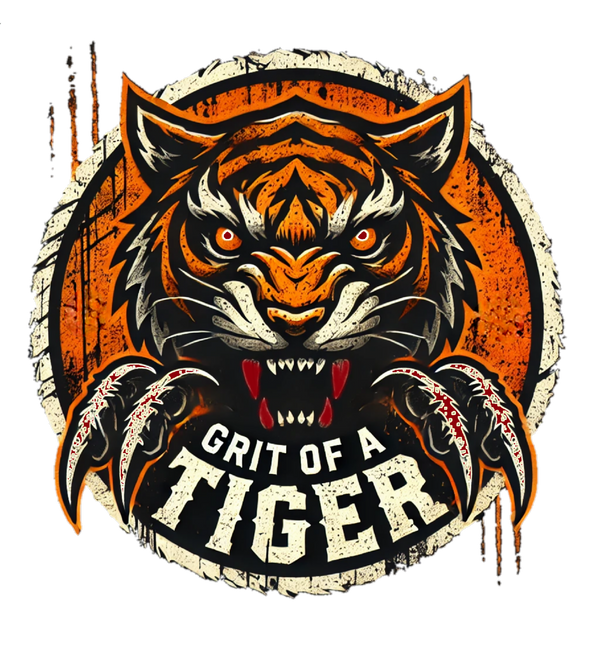
Streetwear origins of skate and surf fashion
Share
The Origins of Streetwear: From Skate Shops to Global Dominance
Summary: Streetwear has grown from niche skate and surf culture to a global fashion powerhouse. This post explores its origins, iconic brands, cultural influences, and integration with high fashion. Discover how streetwear became one of the most defining styles of modern fashion.
Roots in Skate and Surf Culture
In the late 1970s and early 1980s, California's surf and skate scenes gave birth to what we now recognize as streetwear. Surfers and skateboarders sought comfortable, durable clothing that reflected their rebellious ethos and individualism. Shawn Stüssy, a California surfer, began selling custom surfboards and later expanded to apparel featuring his distinctive signature. This blend of surf culture and unique design laid the groundwork for streetwear's emergence from the DIY ethos of skateboarding and surfing communities. Skate shops like Shawn Stussy’s Laguna Beach surfboard business became ground zero. Stüssy, the brand he founded in 1984, blurred the lines between surf, skate, and punk aesthetics. His signature scrawled logo on graphic tees and hoodies resonated with rebellious youth, turning local skaters into style icons.
Skate shops were more than retailers—they were cultural hubs. Brands like Thrasher (founded in 1981) and Vans (which began collaborating with skaters in the ’70s) cemented the link between apparel and skate culture. The Nike SB Dunk , launched in 2002, further bridged skate functionality with collectible design, becoming a canvas for collaborations (e.g., Supreme’s 2002 SB Dunk).
Emergence of Iconic Brands
The 1990s marked a pivotal era with the rise of brands that would become synonymous with streetwear. Supreme, founded in 1994 by James Jebbia in New York City, started as a humble skate shop catering specifically to skaters. The store's layout featured an open central space, allowing skaters to ride in and out freely, embodying the brand's commitment to skate culture.
Similarly, Palace Skateboards, established in London in 2009 by Lev Tanju, began as a skate crew before evolving into a full-fledged brand. Palace seamlessly merged authentic skate culture with high-end street style, gaining international acclaim.
Fast at UCLA, The Supply Network
Fusion with Music and Popular Culture
Streetwear's ascent was significantly influenced by its association with music genres like hip-hop. Artists and celebrities embraced the style, propelling brands like Stüssy and Supreme into the mainstream. This cultural crossover amplified streetwear's appeal, embedding it within the fabric of urban youth culture.
Collaborations and High Fashion Integration
The 2000s and 2010s witnessed streetwear's infiltration into high fashion. Collaborations between streetwear labels and luxury fashion houses blurred the lines between casual and couture. Notable partnerships, such as Louis Vuitton x Supreme and Nike x Off-White, showcased streetwear's versatility and its capacity to redefine traditional fashion norms.
Global Dominance and Cultural Impact
Today, streetwear stands as a global phenomenon, influencing fashion across continents. Its emphasis on comfort, individuality, and self-expression resonates universally, transcending its origins to become a staple in wardrobes worldwide. The journey from skate shops to global dominance underscores streetwear's unique ability to adapt, innovate, and remain at the forefront of cultural and fashion trends.
Streetwear's evolution is a narrative of cultural fusion, creativity, and the relentless pursuit of authenticity. From the sunlit sidewalks of California to the glittering runways of Paris, streetwear continues to shape and redefine the landscape of global fashion.
